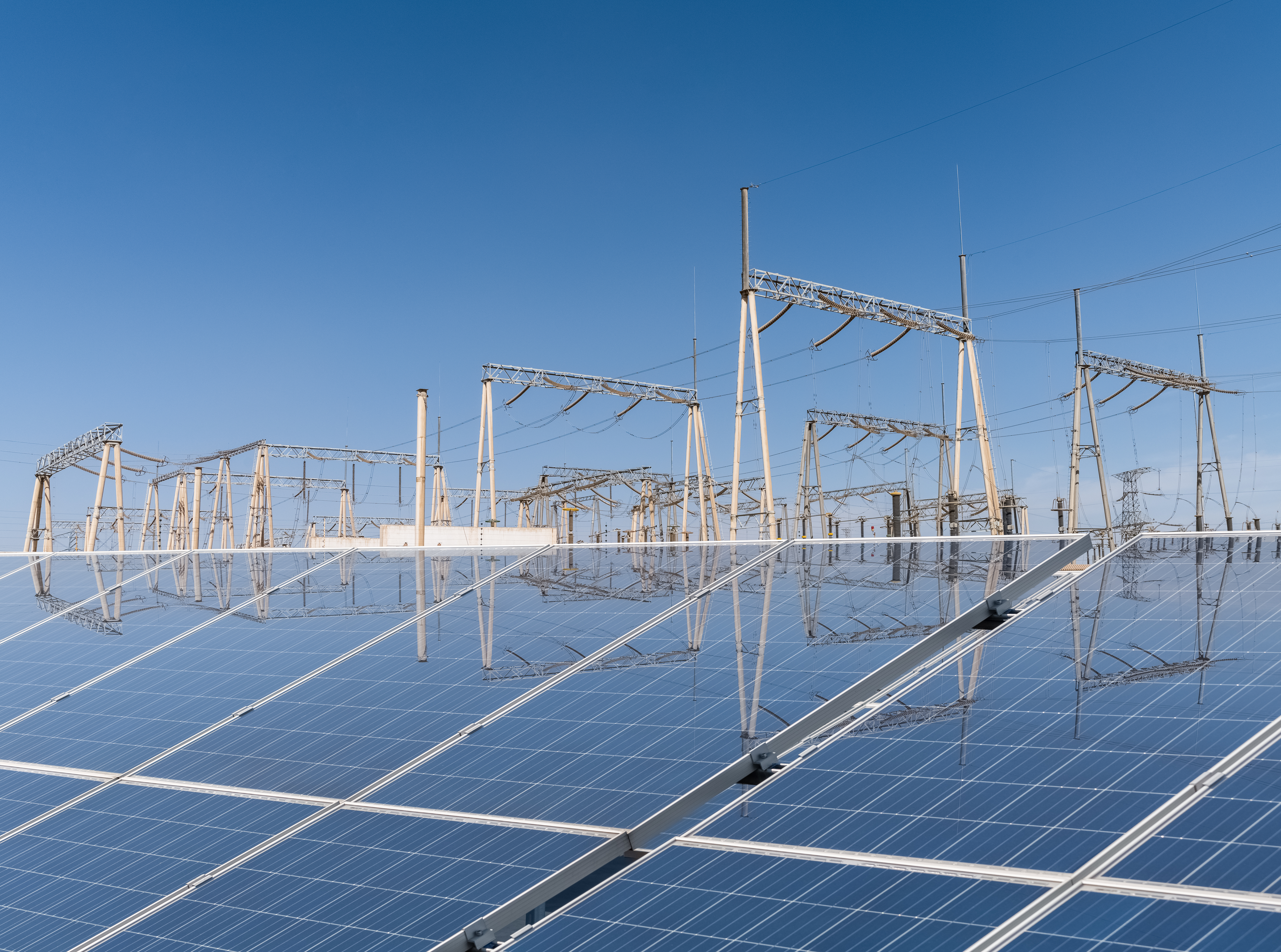The Energy Networks Association (ENA), through its Energy Networks Innovation Strategy, has listed its plans to centre current and future projects on the net-zero transition to achieve the legally-binding goal set by the UK government.
The strategies prioritise five key areas requiring advances in the country’s electricity system to ensure that it decarbonises and develops effectively. The association identified the targets over six months, engaging with stakeholders to identify the theme and principles that are key to delivering real innovation.

The ENA lauded businesses and policymakers for highlighting green innovation, citing the 1,100 grid projects that are already in progress as of the end of March. Some of these projects include the first grid-injected Hydrogen Trials in the UK, currently ongoing at Keele University, and the virtual power plants situated in West Sussex and Yorkshire. It also includes the Social Constraint Managed Zone, wherein low-income households are allowed to sell flexibility services back to the grid.
However, ENA maintains that more collaborative action should be done to align with the country’s long-term goals while also preserving energy security and addressing consumer vulnerability.
Reaching Targets
The ENA has identified five key areas under its Innovation Strategies, which are consumer vulnerability, energy-transition and net-zero emissions, optimised practices and assets, commercial innovation and flexibility, and lastly, the energy system as a whole.
The association hopes that targeting the five areas would encourage positive outcomes for governing principles such as customer benefit, collaborative opportunities, significant carbon impact, data and input usage, and delivery of scale and rollout.

The key areas serve as a basis for the three strategies devised by the ENA—one for electricity, another for gas, and the third strategy for both power and gas. The body has found that applying a whole system approach in energy is vital. It also cited the interconnected feature of decarbonisation as the reason for highlighting this approach. Industries like transport and heating will increasingly turn to electrification simultaneously.
ENA Chief Executive David Smith stated the infrastructure under decarbonisation has growing responsibilities, which in turn will increase the importance of the role played by energy networks. He added the five principles sets how network innovation should proceed.
Smith said that the association employs a transparent and accountable approach that focuses equally on both local and national needs.
Strategy in the Electricity Sector
Priority for the electricity sector is given to inviting more low-carbon and net-zero carbon generation back to the grid, which should be more than enough to meet current and future demands. The association anticipates the need to rise as transport and heat sectors become increasingly electrified.

The proactive measures for generation should be matched with technological investments that enable smart and flexible energy systems to flourish, which includes demand-response and energy storage methods, and Artificial Intelligence (AI) assisted technologies
The proactive measures for generation should be matched with technological investments that enable smart and flexible energy systems to flourish, which includes demand-response and energy storage methods, and Artificial Intelligence (AI) assisted technologies
The proactive measures for generation should be matched with technological investments that enable smart and flexible energy systems to flourish, which includes demand-response and energy storage methods, and Artificial Intelligence (AI) assisted technologies
The ENA is also urging businesses to study long-duration reserve services and their operational impact, which would be more common now that the electricity mix changes in favour of renewable energy. They are also recommended to collaborate with other stakeholders in the energy sector to formulate a national methodology in determining the cost of carbon.
Strategy in the Gas Sector
For the gas sector, the association advises businesses to actively develop products and networks that can support a broader range of green gases and be hydrogen-ready.
As recommended by the Committee on Climate Change (CCC), hydrogen will not only be an option but a necessity in decarbonising the transport and heat sector to meet the legally-binding targets of the UK

The ENA calls on energy firms to establish both market mechanisms and technologies that will usher the gas sector’s shift to green energy. According to the strategy, policymakers need to oversee the reliability and resilience of the transition while also keeping costs affordable for consumers. It also sees sector coupling, also known as electrification, must be strongly considered.
All strategies point to implementing a whole-energy-systems approach to prevent the widening of ambition-to-action gaps. To do this, electricity and gas companies should collaborate on scaling and solutions development and conduct cost-benefit analyses. They should also develop forecasts and regional plans, and as well as improve visibility and access to data.
